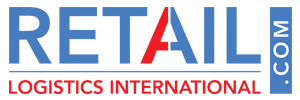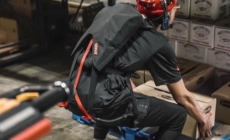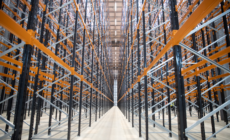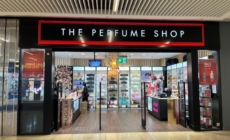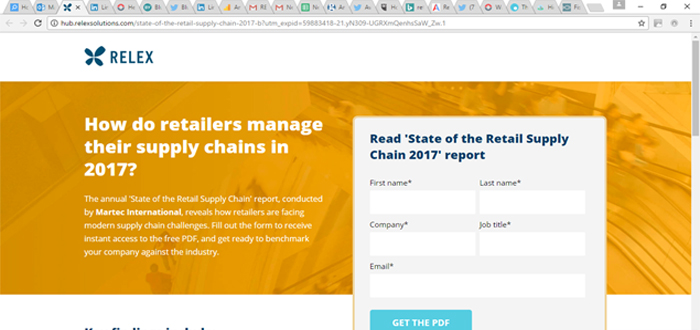-
ROSSLARE EUROPORT TARGETS HEALTH & SAFETY WITH CAMERA TELEMATICS PARTNERSHIP - 2 days ago
-
Landmark Study Reveals Wearable Robotics Significantly Boost Safety and Efficiency in Industrial Environments - July 24, 2024
-
Visku Tackle The Retail Seasonality Challenge One Pallet At A Time - July 22, 2024
-
KAMMAC AND BERGEN LOGISTICS STRENGTHEN FASHION & LIFESTYLE SERVICES IN THE UK - July 19, 2024
-
TENTBOX EXTENDS PARTNERSHIP WITH ARROWXL TO SUPPORT INCREASING DEMAND - July 17, 2024
-
The Perfume Shop improves customer journeys while driving profitability in partnership with Scurri - July 17, 2024
-
ZEROMISSION SECURES £2.3M ($3M) INVESTMENT TO ACCELERATE ELECTRIC FLEETS - July 16, 2024
-
BCMPA CELEBRATES SUCCESS OF 2024 CONFERENCE - July 15, 2024
-
Best of the Best: Jungheinrich Celebrates Triple International Award Win - July 12, 2024
-
GOPLASTICPALLETS.COM CALLS ON NEW CHANCELLOR RACHEL REEVES TO CONSIDER PLASTIC PACKAGING TAX REFORM - July 10, 2024
Martec & RELEX Solutions present ‘State of the Retail Supply Chain 2017’.
Research highlights that ‘handling promotions effectively’ remains the retail industry’s top business issue regarding supply chain planning & execution
‘The State of the Retail Supply Chain 2017’ research study, conducted by research firm Martec International and commissioned by RELEX Solutions, provider of integrated retail & supply chain planning solutions, is published today. For the third consecutive year, the report highlights, the key business challenges and priorities for supply chain managers across the European retail industry.
The research, for which 80 retailers across France, Germany, Italy, the Nordics, Spain and UK with sales in excess of €100 million per annum were interviewed, indicates that managing promotions remains singularly the biggest supply chain business challenge. 40% of retailers interviewed cited ‘handling promotions effectively’ as their main supply chain planning & execution issue, whilst ‘forecasting more effectively for promotions and promotional lift’ ranked as the most significant forecasting challenge. Moreover, only 18% of retailers are satisfied with their current promotion and new line introduction planning and forecasting system.
Further significant findings include:
Only 24% of retailers interviewed are satisfied with the analytical and reporting capabilities of their supply chain systems;
For the majority of organisations, the supply chain is still managed in its own silo and does not take into consideration either ‘space’ or ‘external’ data, such as weather or competitive pricing. On average, retailers scored 5.1 and 4.3 out of 10 respectively for these aspects of supply chain management.
Mikko Kärkkäinen, Group CEO, RELEX Solutions, comments: “In an increasingly tough trading environment, retailers are recognising the importance of managing promotions effectively to gain competitive advantage, but the majority are doing this without suitable systems support. In a fast-changing business landscape, the fact that only 18% of supply chain managers are satisfied with the support they get for promotion and new line forecasting is not only shocking; it indicates that an overwhelming majority of retailers are not harnessing the benefits of the latest generation of supply chain technologies.”
He adds: “In addition, the current siloed approach to the organisation and business processes sits in conflict with the need to deliver customers a joined-up retail experience. A streamlined, well-operated supply chain can change all this, impacting all areas of the business and giving all stakeholders the visibility to turn around the performance of a business and ensure that all its assets – including space – are optimally managed. By forecasting the flow of merchandise through the entire supply chain, from suppliers to multi-level distribution centres, to the stores and shelves, retailers can identify potential availability issues sooner, and take corrective action.”
Fran Riseley, Deputy Managing Director, Martec International, concludes: “With the latest supply chain technology, retailers can now generate a single and accurate demand forecast that takes into account fluctuations in demand, seasonality, promotions, competitive pricing, and even weather – all at an individual store level. What-if scenarios can be run based on a holistic view of all relevant internal and external data to ensure the end-to-end supply chain is optimally managed for both known events and exceptions. Increasingly, it will be a retailer’s ability to manage such exceptions well that will provide them with the competitive differentiation to succeed.”
To download a copy of the full ‘State of the Retail Supply Chain 2017’ research, please ://hub.relexsolutions.com/state-of-retail-supply-chain-2017 (available from Monday 8 May 17)
